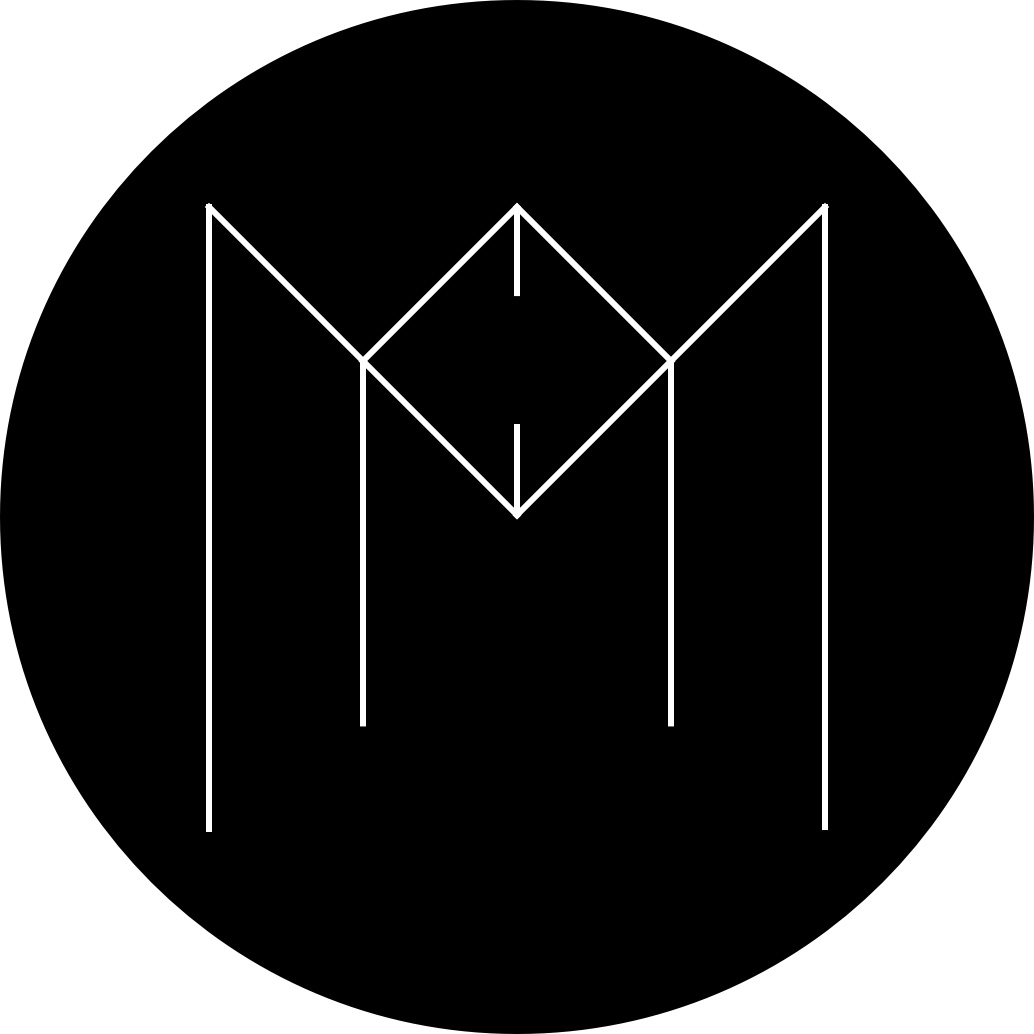I’ve been having some great conversations on art, design, and the processes that we follow to create either or both. These conversations have led to a lot of thinking, and analysing of what is perceived, and understood of design and / or art, on my part.
Now I do not claim to be an artist or a designer. Because I am not one or the other. And no, it is not that I am a hipster or something, God forbid! I am merely a thinker. Someone who likes to link things together to better grasp the illusive whys, the materialistic whats, and the deeper hows so that I may attempt to satiate my own curiosities; by way of thinking first, followed by the doing bit in its due course. Let’s get on to the point now.
Art vs Design
I have been wondering what the difference between design, and art is? Sure, there are a plenitude of differences when it comes to things like usability design, product design or architecture; and there are quite a few differences between art, and design when it comes to things like a canvas, the paints used, the medium used for creating those paint strokes, the paint strokes themselves, the many formal types or categories of art that is created, and so forth.
Yes, there are immediate differences between the two, which are pretty apparent, to the extent of use cases of either, and both. But they are similar too, too similar, in fact. Similar in the sense that one may be seen as the other or related with as the other.
Then what is the one thing that separates the two, in a very distinct way; In a very apparent, understandable, and relatable way? What is the one thing that makes a clear boundry between art, and design; much like black, and white without the grays in the middle?
After asking this to a few people who are very well entrenched within either of the two worlds of Art or Design or very successful with both, the answer was made clear. What divides the two like separating water from wine, is purpose. It is purpose that devides the two, and distinguishes each from each other.
Art as a whole has more responsibilities in bringing to light humanities or part of humanities that need to be addressed. These may be a part of the self of the artist or a part of a bigger world than this self. Irrespective of what is about, at the end of it all it carries a message, with a timestamp.
Art underlines events, purpose, social activities or social discontents, human behaviors, political stories or histories, and whatever else needs to be said via a medium that is greater than an individuals voice; more direct a form of communication than voice. Art is more existential than Design is. It can be argued that Art is more feral, and instinctual than Design. It is raw. It is a bang (Naruto, yes). And it always carries the burden of passing on a message, successfully or not, to the masses it is meant for or not. Art also carries the burden of recording history that very well maybe imbued with biases, and perceptions of the creator or the commissioner. Nonetheless, Art does carry around the weight of both, History, and Time.
Design on the other hand is constrained to more of a… utilitarian viewpoint or standard. Design is more aesthetic than Art is. While nothing is wrong or right with a piece of art, Design is subject to a more rigorous perception based on usabilities. Art can be used in a Design or for one. Design does not have the same responsibility of purpose as Art does, but it does have the responsibility of making stuff easier, more relatable, useable, trustworthy, and communicable than Art. Design’s job is to make sure that more, and more of us are comfortable with it, understand it, adopt it, use it, adapt to it, and want it to improve in the long run of things. While Art is meant to be a point in time, filled with perceptual purpose, the only time Design considers is today, and tomorrow and how it can be of use to us. There’s no other purpose to Design than usability or the ability to use it in a manner that strikes a balance between form, purpose of the entity, and ease of use.
